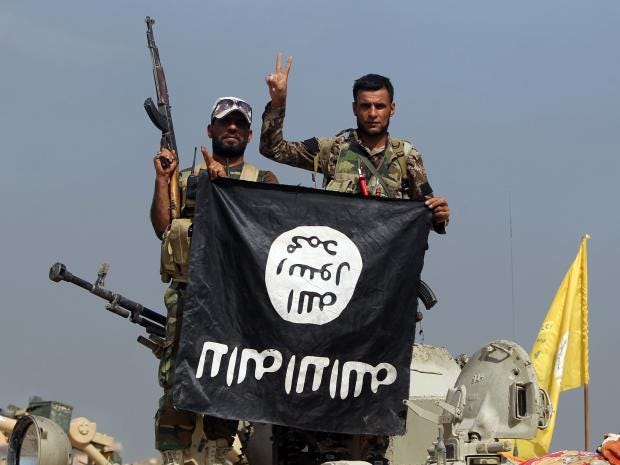By Claude Arpi
14 Sep , 2016
The Tibetan factor impeded longer military operations against India in the fall of 1962. With discontent brewing on the Roof of the World, the supply lines to the People’s Liberation Army (PLA), had been greatly weakened.
This is an important to understand the ‘short’ Sino-Indian border war.
Tibet’s instabilty appears clearly in the 70,000-character petition sent by the Panchen Lama to Zhou Enlai in May 1962.The Tibetan Lama who had been made Chairman of the Preparatory Committee for the Tibet Autonomous Region when the Dalai Lama left for India in 1959, dared (‘with anger’) to criticize the policies of the Party in Tibet.
The Chinese Premier requested Xi Zhongxun, Vice-Premier and father of Xi Jinping, Li Weihan, the minister of the United Front Work Department dealing with ‘Minorities’, General Zhang Jingwu, the Representative of the Central Committee in Tibet and General Zhang Guohua, the Secretary of the CPC Tibet Committee and main commander during the 1962 war, to read and study the Panchen Lama’s petition.
Interestingly, when the Panchen Lama died in 1989, Xi Zhongxun wrote in The People’s Daily that the Tibet experts found “most of the comments and suggestions [of the Panchen Lama were] good; they could be implemented, but some had gone too far.”
Indeed, he had gone ‘too far’ for the Communist leadership; Mao called it a ‘Poisonous Arrow”.
The Panchen Lama listed several problems such the ‘suppression of the Rebellion’ in 1959.






